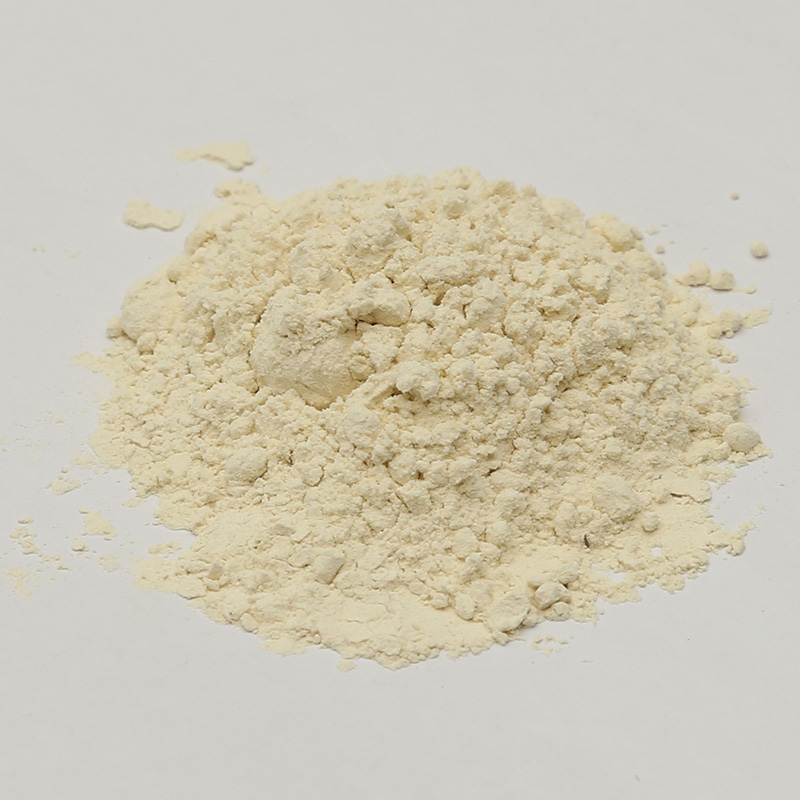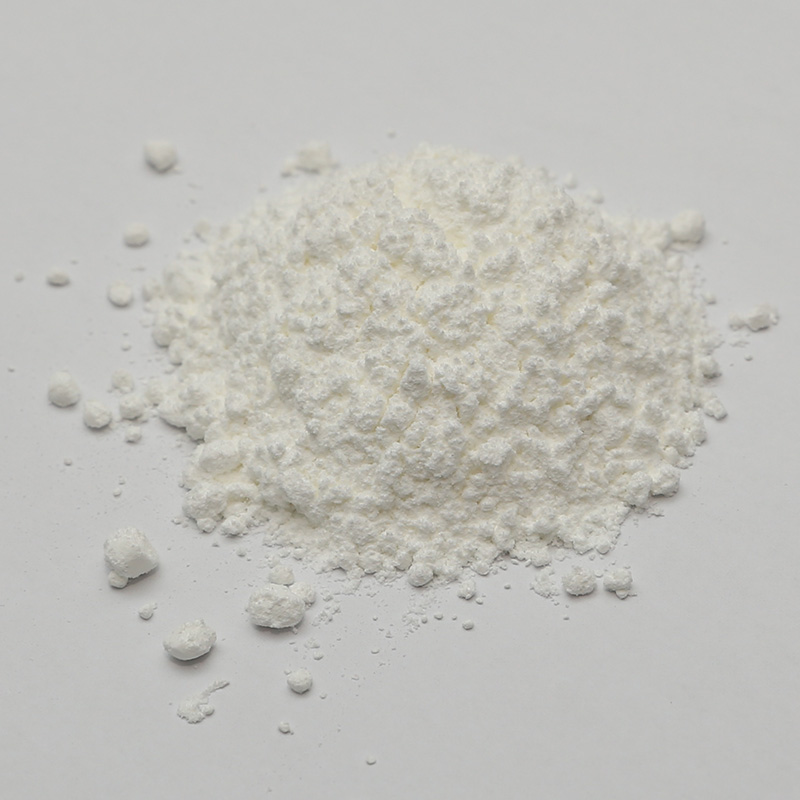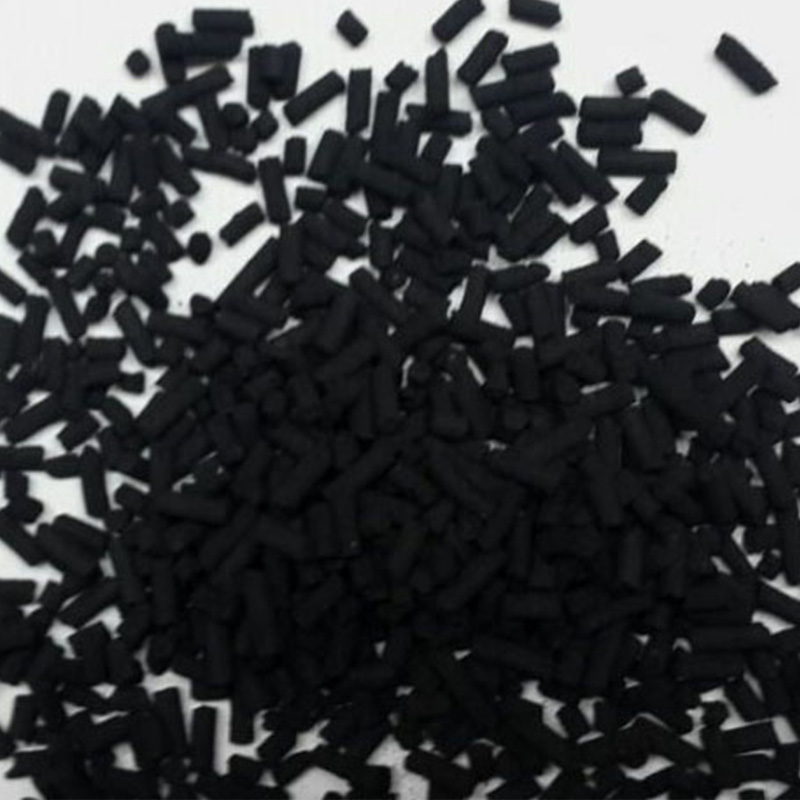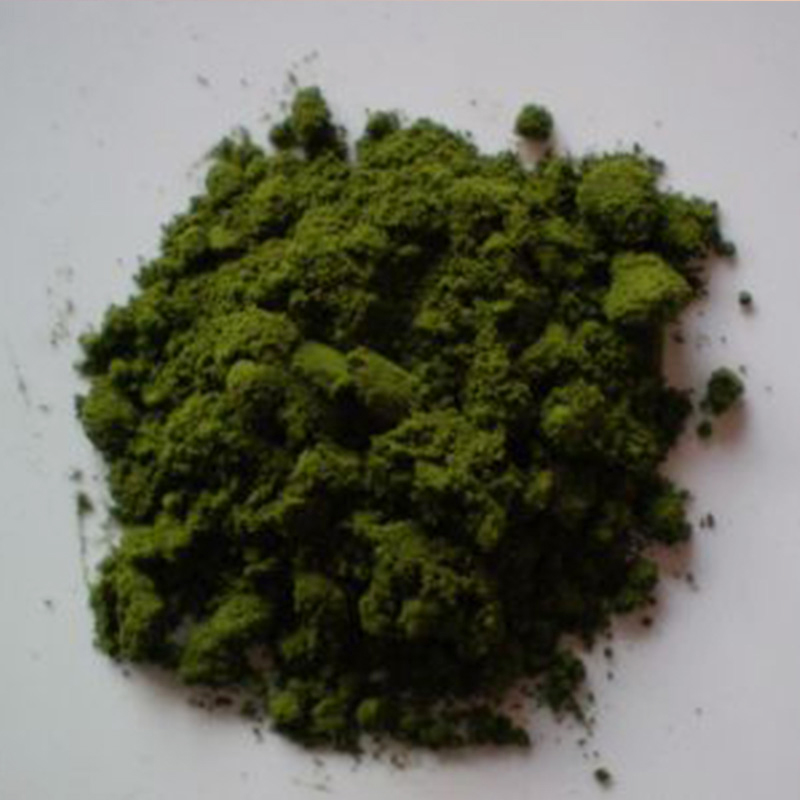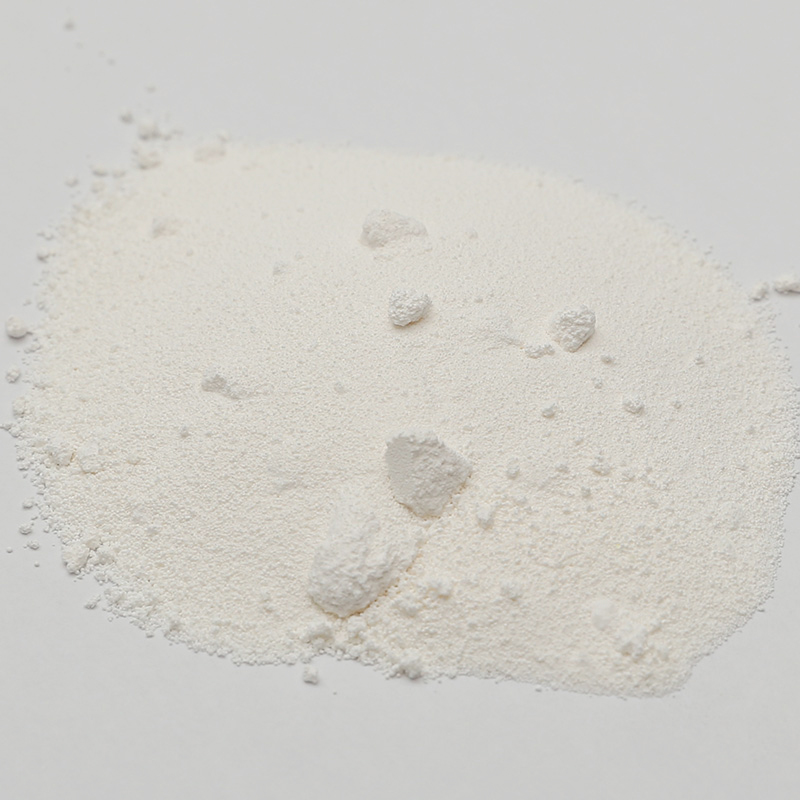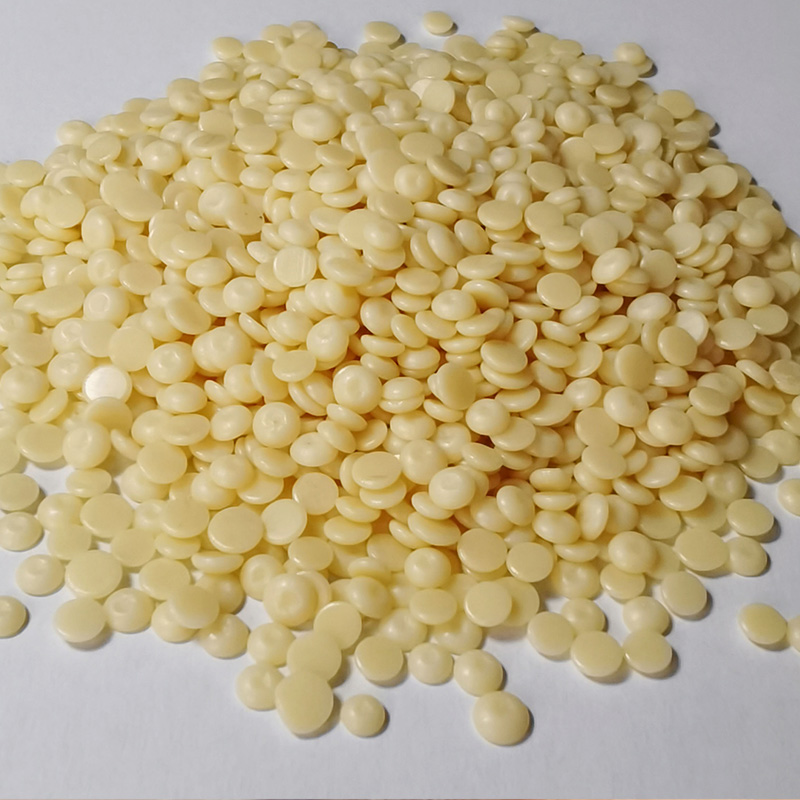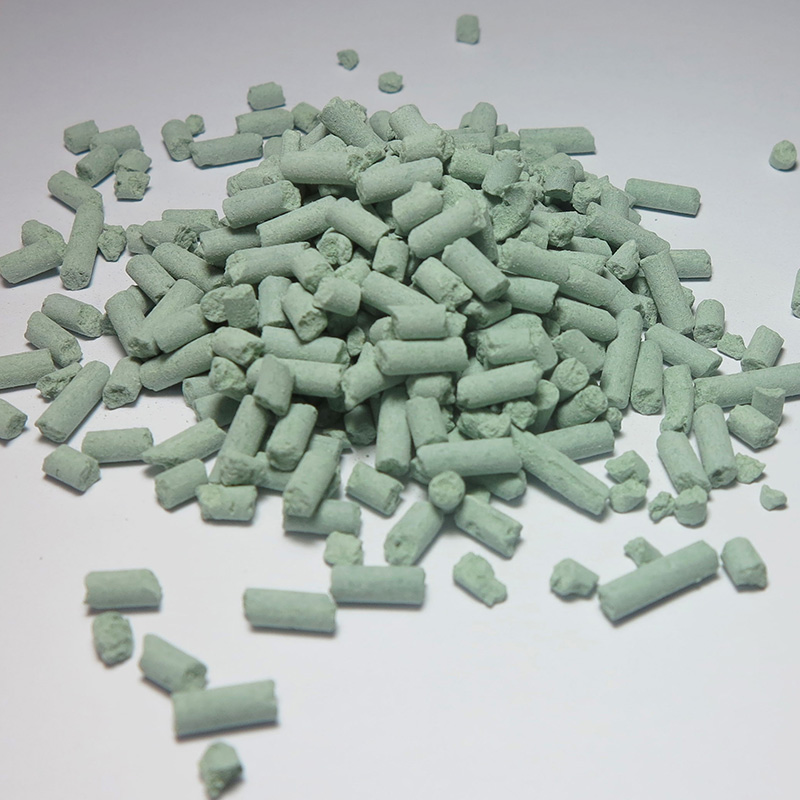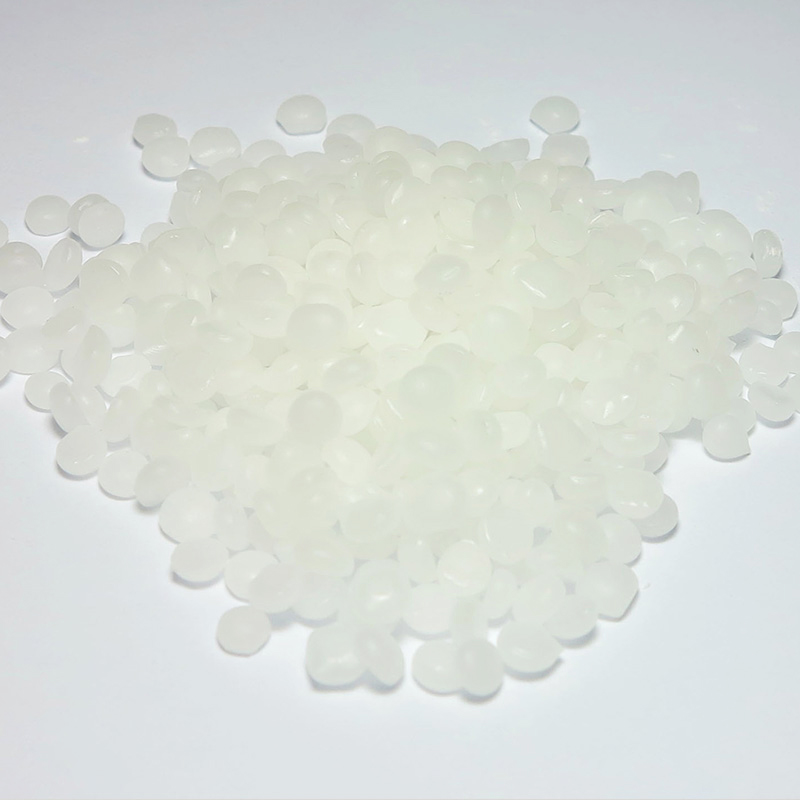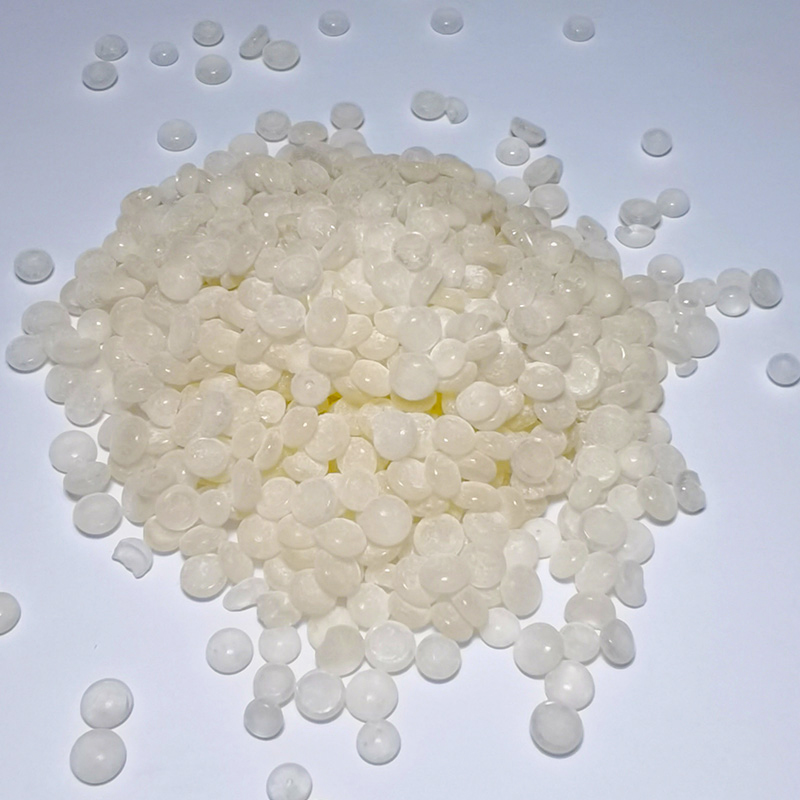
Tackifying resin is one of the indispensable matching materials in the production of rubber products and tires. A comprehensive understanding of tackifying resin is helpful to choose different types of raw materials according to different conditions in production. Generally speaking, natural series resins include rosin (gum rosin, tall oil rosin, wood rosin), rosin derivatives (hydrogenated rosin, disproportionated rosin, polymerized rosin, esterified rosin, maleated rosin) and terpene resin (α -Terpene resin, β-terpene resin, terpene phenolic resin); synthetic series resins include polymer resins [C5, C9 and C5/C9 petroleum resins, dicyclopentadiene (DCPD) resins, coumarone-indene resins , Styrene series resin] and condensation resin (alkylphenol resin, xylene resin). As polymer modifiers, tackifying resins are rarely used alone. In most cases, they are used as compounding agents to increase polymer adhesion, increase initial viscosity, and reduce operating or processing viscosity. Its application fields include hot melt adhesives, pressure-sensitive adhesives, coatings, inks, rubber compounds, and olefin modifiers. It can be seen that most of the tackifying resin applications are combined with rubber, so tackifying resins can also be used as Discussion on tackifiers for rubber. The slight difference is that in rubber products or tire industries, the amount of tackifying resin used as a compounding agent is much lower than in industries such as adhesives.
Special point: excellent polymer compatibility
Excellent point: Excellent heat resistance
Suggested application: hot melt adhesive used to make EVA
Molecular weight: several hundred to several thousand
Softening point: 60~150℃



 English
English Português
Português Español
Español русский
русский 中文简体
中文简体